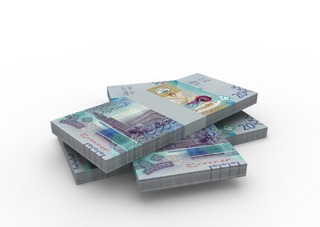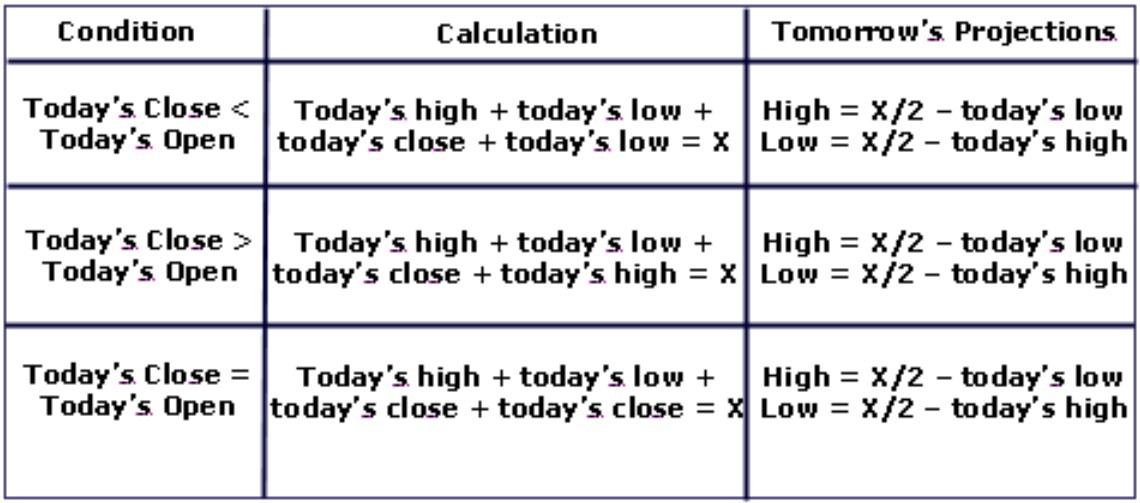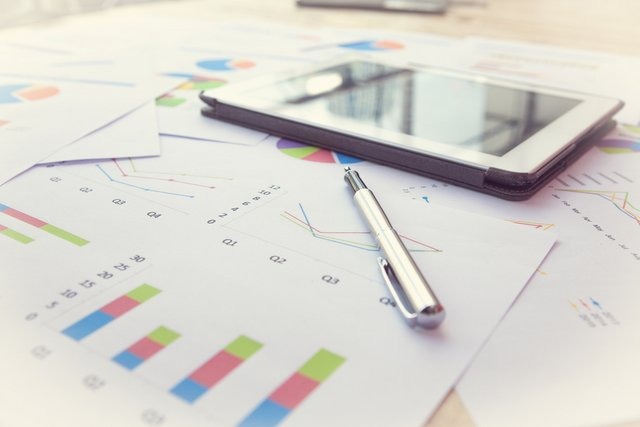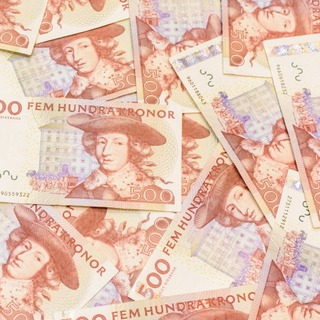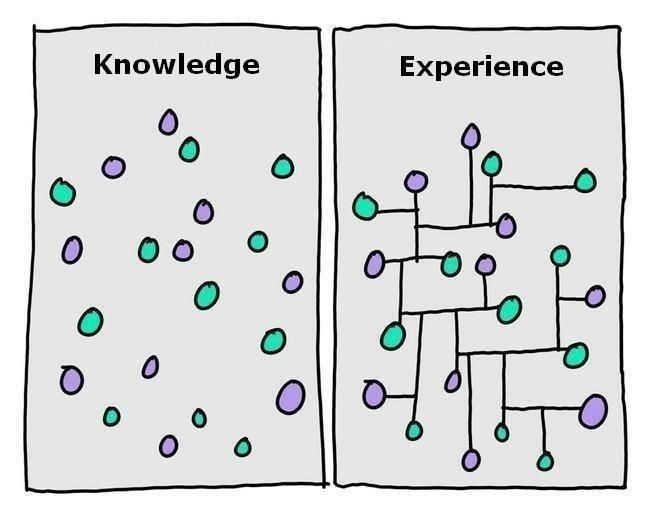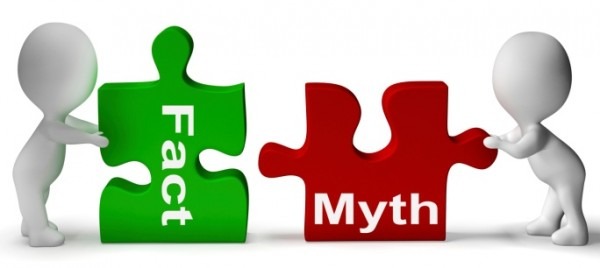Forex trading scalping requires intensive efforts but small trading capital. Earning potential is as much as $300 per selected trading day, in a small account.
Forex Trading Scalping Reality
Forex trading scalping is all about selectivity and trust in your trading system. Even flawed scalping systems can be turned around simply by allowing for greater risks, whilst also knowing how to deal with these risks. And the only risk is price breakout. Given enough trading online practice and risk evaluation, wise forex scalpers realize that there are ways to boost profitability. It’s all about scalping fewer, and better days, and during inactive trading hours, always. Wise scalpers identify a baseline price level, during those inactive hours, and trade the ups and downs of the market. If a good hedging idea is in place, so that they know how to deal with a breakout scenario, risk can be kept under control. The worst that happens to scalpers is when they expect a flat trading session, but the market seems to gradually move in one direction, leaving them trapped in a losing trade. So their assumed baseline is no longer valid. Hedging traders think as follows, first they start the session as scalpers. But when the session is ruined by unforeseen volatility or solid breakouts. They simply quit scalping and treat the open losing trade as a directional longer term trade. Now the daily chart becomes relevant, and if caught on the wrong side of the market, they will simply hedge the trade so as to be able to get out of it tomorrow, at minimum possible loss. Scalpers do make $100s per session, but some of them give it all back in a single breakout event. At least through hedging, one has time to relax and think things straight, through many stress-free hours. And as a result, they might be able to get out of very bad losing trades at very low loss. A loss which can be made good with only 2 scalping trades later on. Trading online made easy is only true, when one is flexible and adapts to market conditions fast.
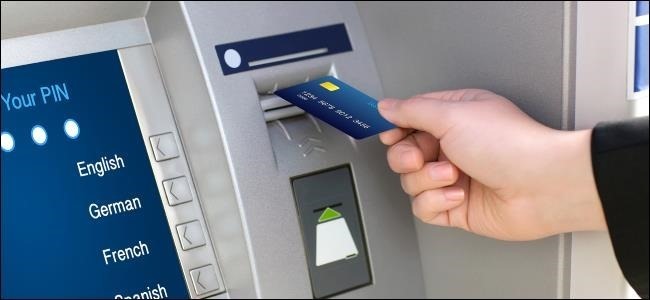
Forex Trading Scalping for Account Recovery
Forex trading scalping is priceless when it comes to recovering a blown trading account. Traders who lost even 90% of their trading balance on large day trades and swing trades. They were actually able to recover it all through scalping. It’s almost like attempting to drive a car, whose engine has lost 90% of its power output. The only way to drive it is in 1st gear, and it is possible. Against all odds, such traders were able to regain all their losses through tiny scalping trades, doing as many as 60 in a day! No trading online account is ever doomed, if the trader has a scalping emergency plan up their sleeve. Losing and retreating is normal in trading, but being able to adapt fast and recover, is a really remarkable achievement. Successful scalpers end up making a lot of money later on in their careers, through the experience gained. And even though we call them scalpers, their methods are actually more intricate and do involve hedging and day to day trades when necessary. Because that’s what tough market conditions require.
$300 Per Selected Day
Scalpers do make $300 per selected day, it has been proven on small accounts with $2,000 initial balance. Now imagine what can be done on a $20,000 account, per such selected scalping day. That’s more money than one can physically count, considering the speed at which scalpers operate. And yet it’s real and possible, for dedicated traders to achieve. Because market conditions make it possible during inactive forex trading hours.
